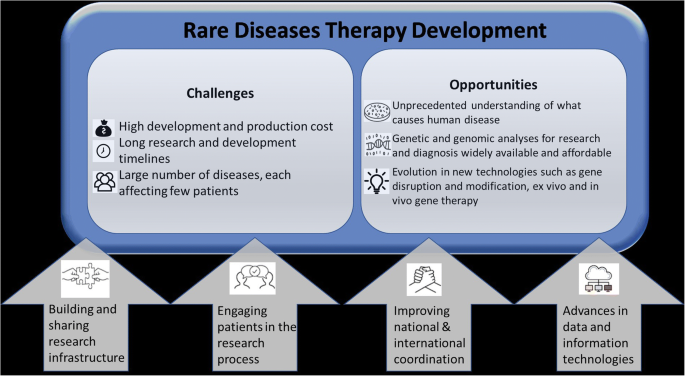Improving Access and Affordability of Rare Disease Treatments
Why in the news?
The Delhi High Court is addressing challenges in accessing orphan drugs, highlighting funding issues and regulatory delays in the treatment of rare diseases in India.
Issues in Rare Disease Treatment:
Access to Orphan Drugs:
- The Delhi High Court has mandated improvements in the availability of “orphan drugs,” which are essential for treating rare diseases that affect 1 in 1,000 individuals.
- Currently, less than 5% of these diseases have available therapies, leaving many patients without adequate treatment options.
Funding Challenges:
- The National Policy for Rare Diseases offers financial assistance up to ₹50 lakh for patients receiving care at specific Centers of Excellence (CoEs).
- Despite the release of ₹24 crore this fiscal year, patients often struggle to access these funds due to bureaucratic challenges.
High Costs of Orphan Drugs:
- Expensive Treatments: Many orphan drugs are patented, resulting in high costs due to limited market size. Developing these medications in India could help reduce prices, but would require government incentives, such as tax breaks, to encourage production.
- Customs and Taxes: While patients importing orphan drugs are exempt from customs duties, companies face an 11% customs duty and 12% GST, complicating affordability.
Regulatory Delays
- Approval Bottlenecks: Slow approval processes from the Drug Controller General of India impede access to necessary treatments. Recent discussions have emphasised the need for faster decision-making to enhance patient care.
Understanding Rare Diseases:
- Definition: Rare diseases are debilitating lifelong conditions affecting 10 or fewer individuals per 10,000 population, as per the World Health Organization (WHO).
- Indicators:
- Total number of affected individuals
- Disease prevalence
- Availability or non-availability of treatment options
- Treatment Costs: Treatments can be extremely costly, reaching up to ₹1 crore per year. For a child weighing 10 kg, annual treatment costs may range from ₹10 lakh to over ₹1 crore.
Steps Taken by India:
- National Policy for Rare Diseases (NPRD) 2021: Provides a comprehensive approach to address rare diseases in India.
- Crowdfunding Mechanism: NPRD includes a crowdfunding system to help cover treatment costs for rare diseases.
- National Registry: Establishes a hospital-based registry to gather data and ensure accurate definitions of rare diseases for research.
- Custom Duty Exemption: Medicines and foods for 51 rare diseases are exempt from customs duties.
- Centres of Excellence (CoEs): Eight CoEs have been identified for diagnosis, prevention, and treatment under the NPRD.
- Financial Support: Patients can receive up to ₹50 lakh for treatment at CoEs.
- Nidan Kendras: Established for genetic testing and counselling services.
- Kerala Against Rare Diseases (KARE): Aimed at creating a holistic care strategy for rare diseases in Kerala.
Associated Article:
https://universalinstitutions.com/indias-battle-against-rare-diseases/




